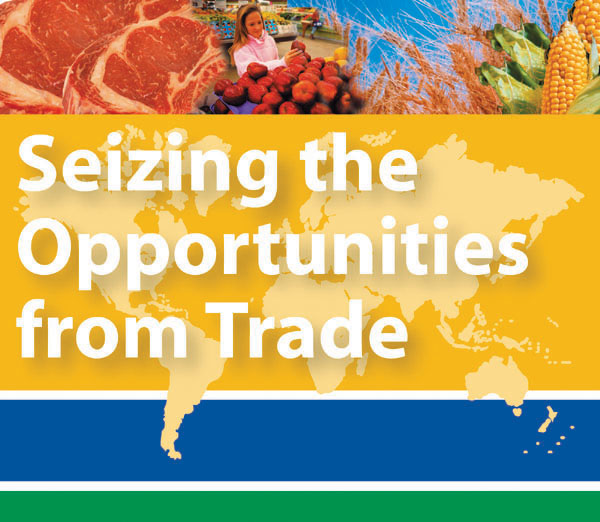
February 2004
To feed the world
| In the next 20 years, the world will gain another 1.4 billion people. Representing a 25-percent increase in global population, most of these people will live in the expanding urban centers of the developing countries and will add greatly to the world’s demand for food. Prospects are good that economic growth in developing countries will continue, raising the incomes and improving the diets of the 5 billion people currently living in those countries. Demand for meats, vegetables, fruits, dairy products, vegetable oil, processed foods, beverages, and other goods will soar as consumers use greater income to diversify their diets away from grains and other staple foods. Economic growth also means increasing urbanization and, for many households, an end to growing their own food and a rise in buying food from supermarkets and convenience stores. These trends are already well underway, and urban retailers are tapping supplies from home-country producers as well as from around the world—to the extent their governments will allow. |
|
Under current global trade rules, government policies often misdirect agricultural resources toward the production patterns of the past. Such policies are ill suited to satisfying evolving consumer demand in global food markets. In contrast, global agricultural policy reform offers economic gains that billions of people could share. The United States and the world should seize the opportunity presented by the current round of global trade negotiations, the Doha Development Agenda, and press for the greatest possible reform.
| Agricultural trade is critical for U.S. Agriculture | |
| Inefficient agricultural policies, all over the globe | |
|
|
Policy reform works |
|
|
Reform can't wait |
|
For more information |
|
|
From the Foreign Agricultural Service: |
|
|
|
U.S. Agricultural Trade |
|
|
Trade Policy |
|
|
Trade Agreements |
|
|
Trade News and Data |
|
|
Trade Trends |
|
|
Start Trading |
|
From the Economic Research Service: |
|
|
|
The U.S. Ag Trade Balance. . . More Than Just A Number |
|
|
U.S. Food Sector Linked to Global Consumers |
|
|
Structure of the Global Markets for Meat |
|
|
North American Agricultural Market Integration and Its Impact on the Food and Fiber System |
|